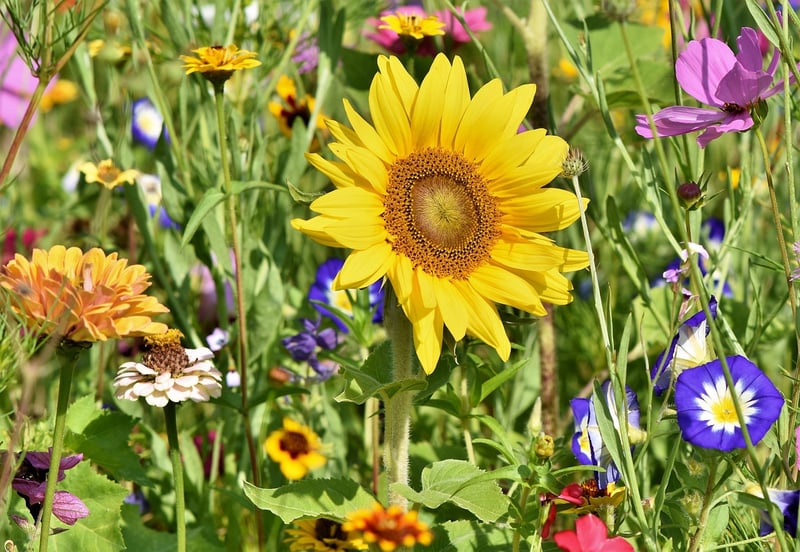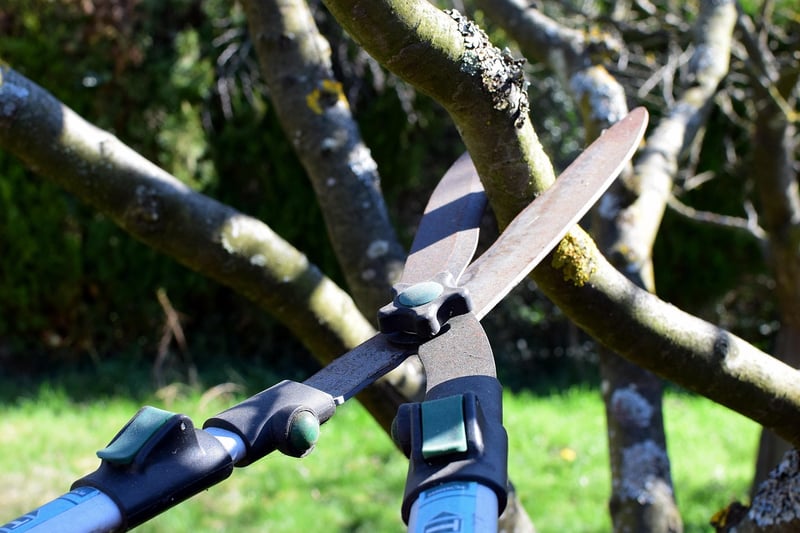Pruning Techniques
Essential Plant Upkeep Advice + Pruning Techniques
Introduction
Welcome to our guide on essential plant upkeep advice and pruning techniques! Whether you are a seasoned gardener or just starting with your green thumb, understanding how to properly care for your plants and trees is crucial for their health and longevity.
Plant Upkeep Advice
Proper plant maintenance involves a combination of watering, fertilizing, and pruning to ensure your greenery thrives. Here are some essential tips to keep your plants healthy:
1. Watering
Water your plants regularly, but be cautious not to overwater. Different plants have varying water requirements, so it's essential to research each species. Check the soil moisture level before watering to prevent root rot.
2. Fertilizing
Provide your plants with the necessary nutrients by fertilizing them according to their specific needs. Use organic fertilizers for a more sustainable approach and avoid over-fertilization, which can harm your plants.
3. Sunlight
Ensure your plants receive adequate sunlight based on their light requirements. Some plants thrive in full sun, while others prefer partial shade. Adjust the placement of your plants accordingly to promote healthy growth.
Pruning Techniques
Pruning is the process of selectively removing parts of a plant to improve its structure, health, or appearance. Here are some common pruning techniques:
1. Deadheading
Remove spent flowers to encourage new growth and prolong the blooming period. Deadheading also prevents the plant from using energy to produce seeds, redirecting it to foliage and root development.
2. Thinning
Thinning involves selectively removing branches to improve air circulation and light penetration within the plant's canopy. This technique helps reduce disease incidence and promotes overall plant health.
3. Heading Back
Heading back is the practice of cutting back the tips of branches to stimulate lateral growth. This technique is useful for shaping shrubs and trees, encouraging bushier growth and denser foliage.
Conclusion
By following proper plant upkeep advice and mastering essential pruning techniques, you can ensure your plants and trees flourish in your garden or indoor space. Remember to research the specific needs of each plant species and tailor your care routine accordingly for the best results.


Happy gardening!
